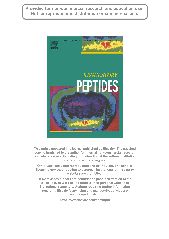摘要
Urotensin II(UII) is a potent vasoconstrictive peptide: however, its significance in vascular adventitia has not been clearly elucidated. In this study, rat aortic adventitia showed mRNA expression and immunoreactivity of UII and its receptor (UT). Moreover, radioligand-binding assay showed that maximum binding capacity (Borax) of [(125)l]-UII was higher in adventitia than in media (28.60 +/- 1.94 vs. 20.21 +/- 1.11 fmol/mg. P<0.01). with no difference in binding affinity (dissociation constant [Kd] 4.27 +/- 0.49 vs. 4.60 +/- 0.40 nM, P>0.05). Furthermore, in cultured adventitial fibroblasts. UII stimulated DNA synthesis, collagen synthesis and secretion in a concentration-dependent manner. These effects were inhibited by the UII receptor antagonist urantide (10(-6) mol/l), Ca(2+) channel blocker nicardipine (10(-5) mol/l), protein kinase C inhibitor H7 (10(-6) mol/l), and mitogen-activated protein kinase inhibitor PD98059 (10(-6) mol/l) but not the phosphatidyl inositol-3 kinase inhibitor wortmannin (10(-7) mol/l). UII may act as an autocrine/paracrine factor through its receptor and the Ca(2+) channel. protein kinase C, and mitogen-activated protein kinase signal transduction pathways, in the pathogenesis of vascular remodeling by activating vascular adventitia.
